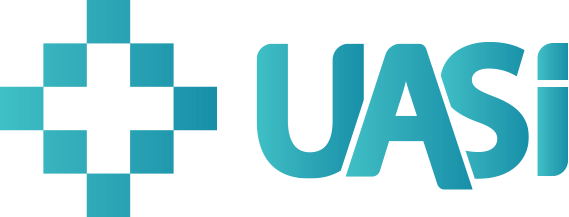40 Years of Delivering Outcomes
We partner to bridge the gap between clinical, financial and operational people and processes impacting quality outcomes and improving organizational sustainability.
Is Your CDI Program Leaving Money on the Table?
It’s essential to take a closer look—those inefficiencies could be affecting both compliance and revenue opportunities.
Bridging Financial, Clinical and Operations for Optimal Outcomes
Empowering Healthcare Organizations with Mid Revenue Cycle Solutions for Over 40 Years!
Your Challenge. Our Experts. Problem Solved.
Whether it’s setting up a program, monitoring, optimizing, or ensuring quality, we can help.
Expertise in Enhancing Revenue, Efficiency, Operations and Compliance for Healthcare Systems
40 Years
Proven track record in revenue cycle management
1100 +
Hospital Facilities and Physician Groups Nationwide
540
Credentialed Consultants & Staff
96% +
Coding accuracy based on 3rd party audits
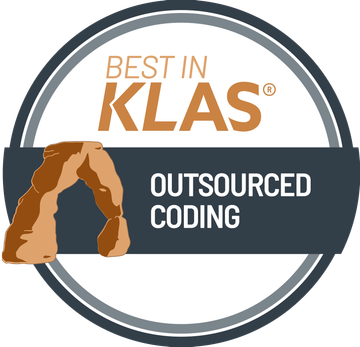
Top 3 Best in KLAS for outsourced coding for past 8 years
Our Solutions
Mid-Rev Cycle Solutions that Work
Program Design, Implementation and Optimization
Our pragmatic approach targets specific opportunities to enhance standards, fiscal objectives, and regulatory compliance, thereby boosting performance and fortifying outcomes.
Assessments and
Audits
Achieve higher quality outcomes and an attainable ROI with ongoing and strategic audits and reviews of your operation.
Education and Training
We facilitate the shift to value-based care with expert support in people, processes, and technology, offering a measured approach for quick ROI and scalable success.
Staffing and Managed Services
Achieve coding, CDI, or revenue integrity staffing flexibility with confidence, surpassing accuracy, quality, and productivity goals through our tiered support model.
Our Services
Discover a comprehensive range of healthcare solutions designed to optimize revenue, enhance compliance, and improve operational efficiency. From coding and CDI to risk-based services and revenue integrity, UASI provides expert support to meet your unique needs.
CODING SERVICES
Achieve accurate, compliant, and efficient coding with our professional coding services, supporting inpatient, outpatient, and specialty coding needs with UASI.
RISK BASED SERVICES
At UASI, we optimize your risk adjustment and value-based care initiatives with our specialized risk-based services, ensuring accurate coding and improved financial outcomes.
CDI SERVICES
UASI enhances the accuracy and completeness of your clinical documentation, ensuring compliance and optimal reimbursement through our expert CDI services.
DENIALS & REVENUE INTEGRITY
Maintain financial health and compliance with UASI's comprehensive revenue integrity services, including auditing, denials management, and process optimization.
“I have worked with UASI for many years, they are my go to for CDI. UASI provides experienced CDI staffing resources as well great products with their CDI assessment and their customizable CDI audits. Partnering with UASI is helping our CDI team continuously grow and improve.”
- Tallahassee Memorial Healthcare
Education
Explore UASI's comprehensive resource page for valuable insights, tools, and expertise in healthcare staffing, revenue cycle management, and compliance solutions


Insights
Explore our INSIGHTS section for valuable resources, including articles, results, whitepapers, case studies, and more. Stay informed and gain expert knowledge to drive your healthcare organization's success with UASI.


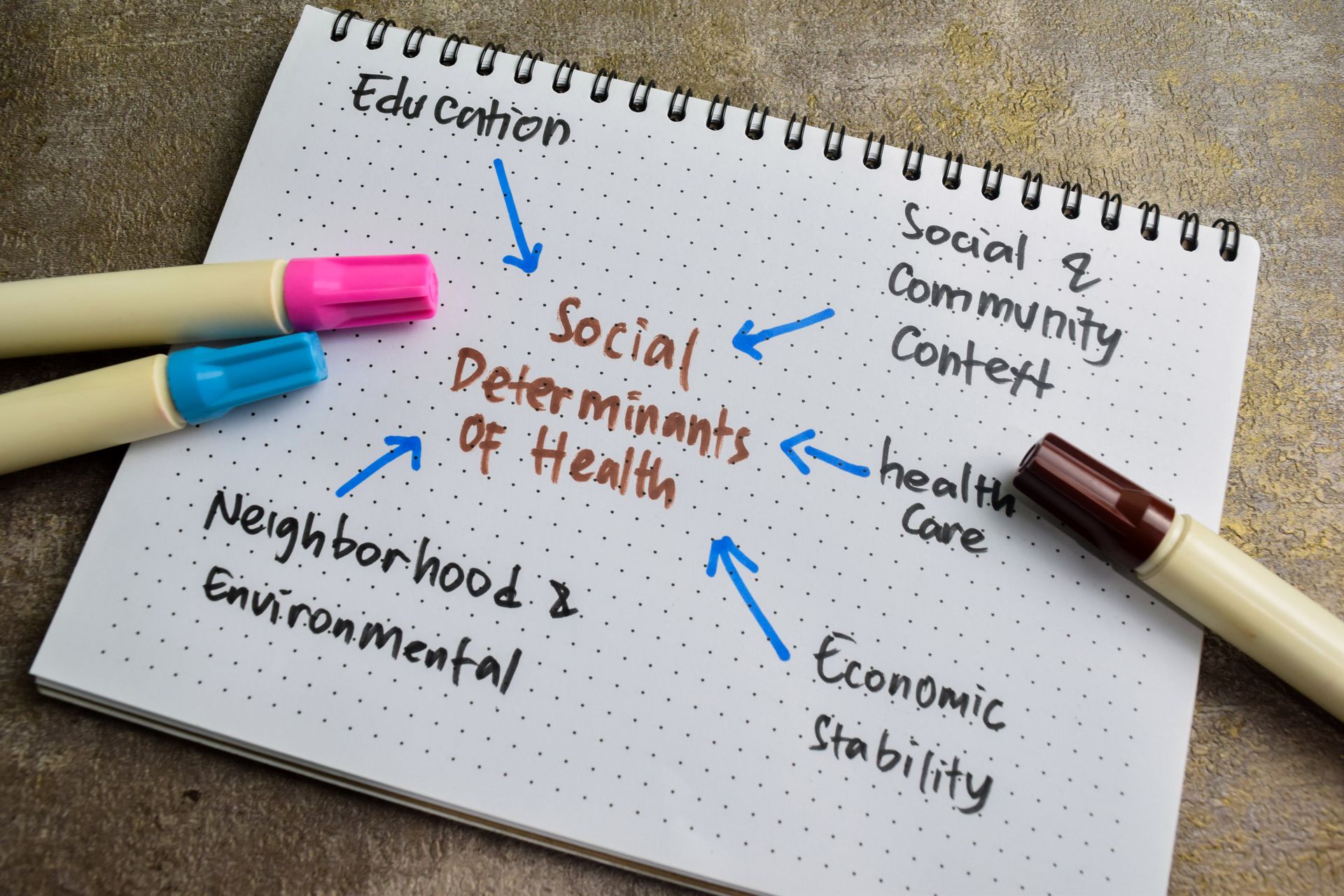
Coding Tips
Stay ahead with UASI Coding Tips section, featuring practical advice, industry updates, and best practices to enhance your coding accuracy and efficiency.
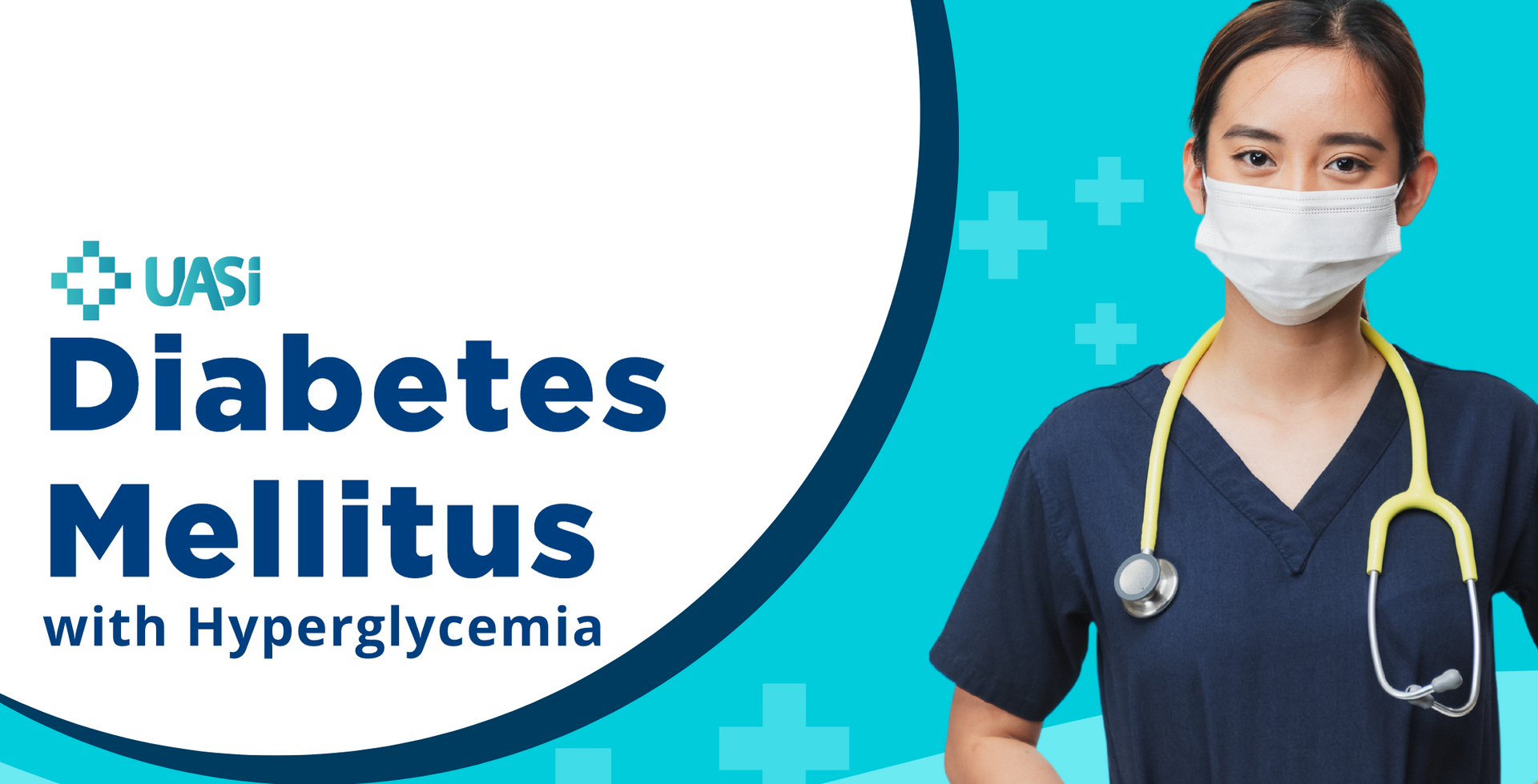
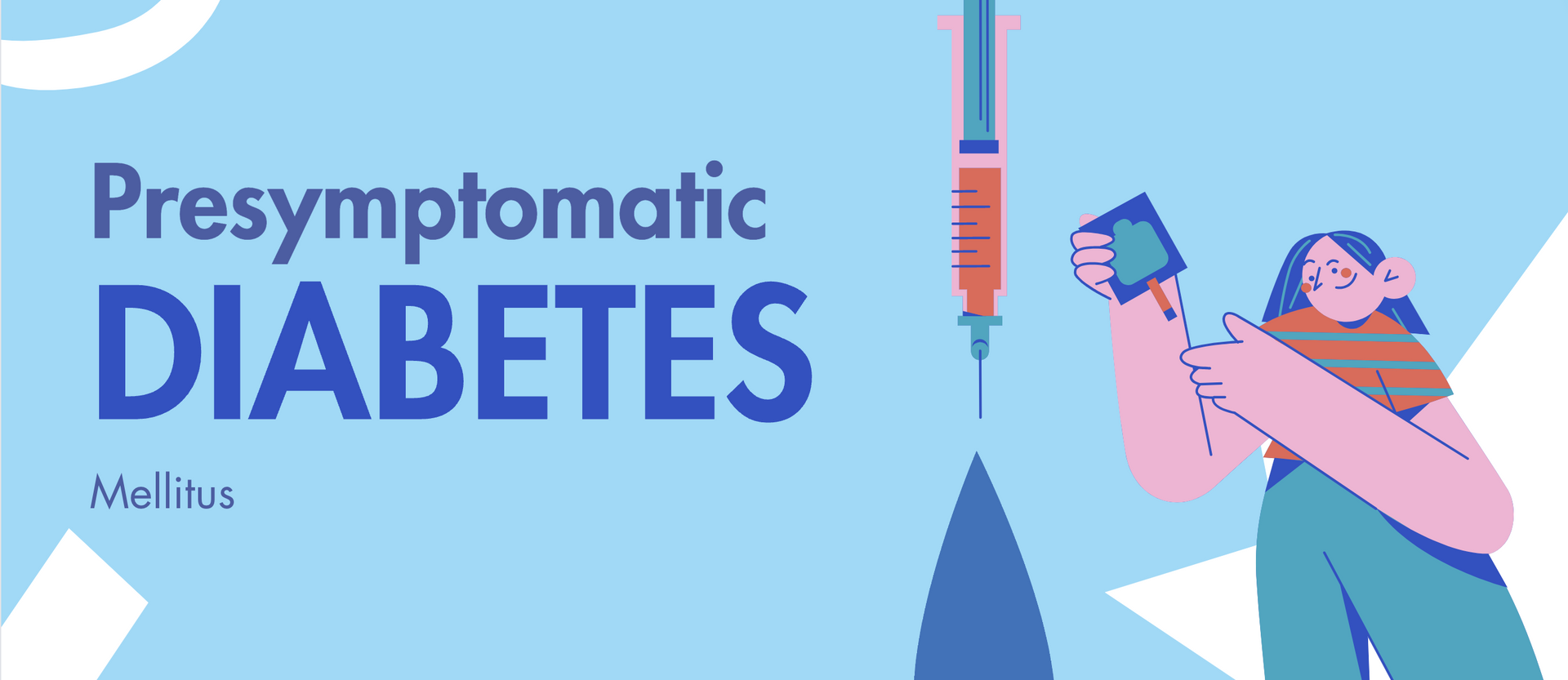


Bridging Financial, Clinical and Operations for Optimal Outcomes

Are you ready
to take the next steps?
Apply now and let's see if it's a good fit!
UASI is an Equal Opportunity/Affirmative Action Employer
Ready to Get Started?
Contact UASI today to learn how our pragmatic mid-rev cycle solutions can deliver both near-term wins and long-term impact for your organization.
TO Explore career opportunities with us:
Email us or
Visit Our Careers Page
Let's Talk!
Thank you for contacting UASI.
We will get back to you as soon as possible.
Please try again later.
UASI | United Audit Systems, Inc.
1924 Dana Avenue
Cincinnati, OH 45207
(800) 526-0594
generalinfo@uasisolutions.com
